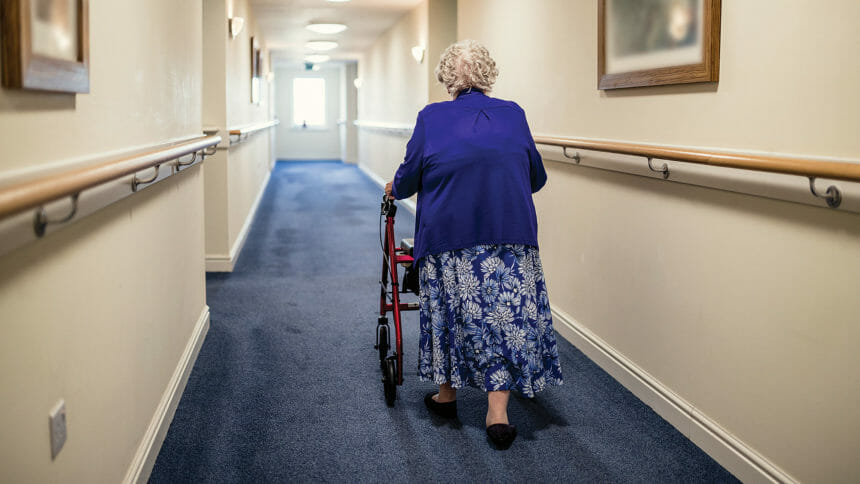
The top four security and safety concerns in assisted living communities, skilled nursing facilities and continuing care retirement communities are resident aggression / violence, public aggression / violence, theft from residents and staff members, and elopement or wandering, according to an International Association for Healthcare Security and Safety survey of security directors and managers who have long-term care facility responsibilities.
“It is imperative that facility administrators and those that are responsible for security recognize the threats and vulnerabilities associated with these facilities and ensure proper prevention and mitigation steps are in place,” said Dean Conner, a corporate security manager for Atrium Health. He described the concerns and ways to address them in a report titled “Violence and Security in Skilled Nursing / Assisted Care Facilities,” which the IAHSS published on Monday.
One way to address resident aggression, according to the report, is to note in the electronic health record those residents who repeatedly cause disturbances or commit “egregious” acts. Caregivers can input tips for colleagues on how to reduce the risk of aggression, such as entering a resident’s room slowly, Conner said. Also, staff members should be trained to recognize items that could be used as weapons and in ways to de-escalate situations, he added.
Efforts to mitigate public aggression or violence will vary by community size, but transportation, video surveillance, “panic buttons” and mass communication systems are important, Conner said.
“Another important yet often overlooked mitigation tool for the security officer is customer service training,” he said. “As with training programs in de-escalation techniques and conflict resolution, customer service skills can pay off by preventing complaints and diffusing potentially hostile encounters before they escalate.”
To prevent thefts from residents and staff members, a visitor management / access control and video surveillance system is required, according to the report. “Through this system, the visitor may be allowed access to only a specific area or even no access at all,” Conner said.
Resident, family member and staff member education is important, too, so that valuables can be protected, the report advised. Communities also should provide lockers for staff members, Conner said.
Steps to lessen the chances of elopement / wandering will vary depending on the processes and procedures in place at a community, according to the report, but should include an electronic resident-monitoring system that includes resident bracelets, alarm activation, door-locking and notification features.
Staffing levels, comprehensive elopement risk assessments of residents, electronic monitoring system inspections, staff training and elopement-prevention drills are additional considerations, Conner said.
The report is available for download on the IAHSS website.



